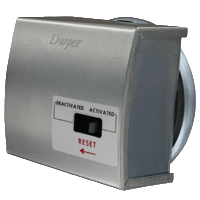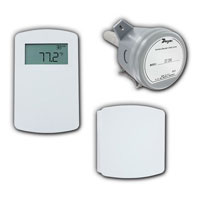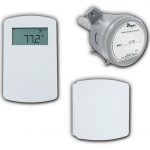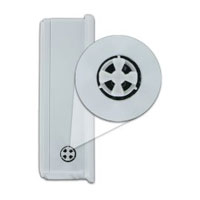In a world of constantly changing approvals and requirements, is it realistic to expect a customer to stay up-to-date with the latest and greatest information? Things that were once deemed acceptable are now found to cause serious health complications. Consequentially, there are all kinds of agencies in place designed to keep products safe, regulate material composition, and educate the consumer.
But how does an individual, not experienced in the industry, know what is necessary (or pertinent) to their specific application? If I want to purchase a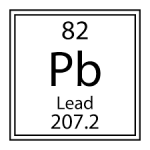 water meter for my home or business and am unfamiliar and unlicensed with those specific regulations, am I putting myself or my business at risk? Particularly something like lead, which according to the CDC ,“[…] can affect nearly every system in the body.” Continue reading “An Introduction to Lead-Free Product Requirements”
water meter for my home or business and am unfamiliar and unlicensed with those specific regulations, am I putting myself or my business at risk? Particularly something like lead, which according to the CDC ,“[…] can affect nearly every system in the body.” Continue reading “An Introduction to Lead-Free Product Requirements”

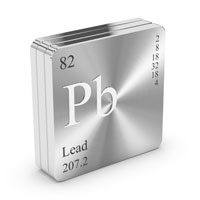

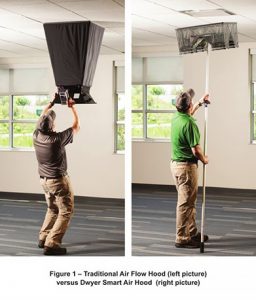 balanced as cubic feet per minute (CFM) or cubic meters per hour (m3/h). There are two traditional methods for balancing airflow at the terminals. The first is sequential balancing, which involves setting the zone and branch dampers in sequence. However, the most common method of air balancing is called proportional balancing.
balanced as cubic feet per minute (CFM) or cubic meters per hour (m3/h). There are two traditional methods for balancing airflow at the terminals. The first is sequential balancing, which involves setting the zone and branch dampers in sequence. However, the most common method of air balancing is called proportional balancing.